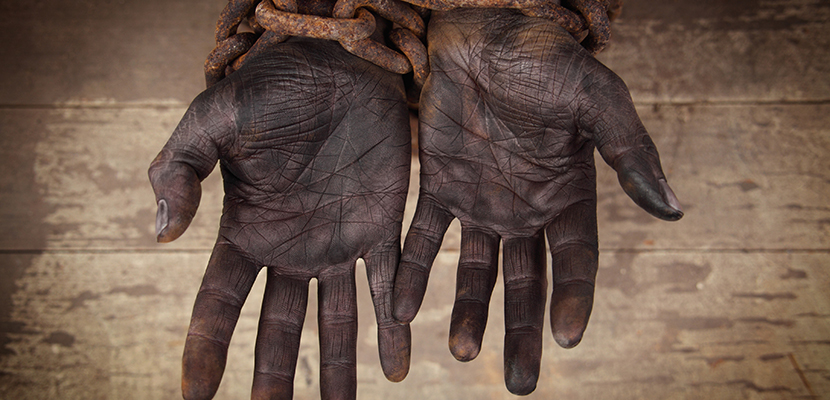
Photo Credit: iStock.com/Artist's narvikk
If you think it’s always been easier to live the American dream, you are wrong! And, I don’t say that it must have been difficult because of the lack of technology or low annual income or something; I make this claim on the basis of historical evidence, of the incidents of sheer violations of the basic human rights that we have witnessed over time.
It is a proven fact that racial discrimination has pervaded the system of justice in America pretty much the whole time. Even, in this day and age, you will find so much bigotry and racial bias against black Americans that an open-minded, compassionate, American would be shocked and duly disgusted by the incidents. From criminal courts to online dating, racism is found everywhere. This article hopes to shed light on some of the most prominent cases of racial injustice in the U.S. history:
It wasn’t till 1856, that a black slave mustered up the courage to actually petition the U.S. Supreme court for his own freedom. The court, however, wasn’t too thrilled and refused to grant it to him, making clear that the Bill of Rights did not apply to black Americans. Because, if it had, they would be permitted to enjoy the full liberty of speech in private and public, hold public meetings upon political affairs, and carry private arms anywhere they went. At the time of this petition, the white aristocracy, as well as the judicial system, both found the idea equally horrifying to contemplate. The Fourteenth Amendment, in 1868, finally established it as a law, thanks to the horrors of a war.
How many of us really know that the Civil Rights Act was passed twice before it was actually implemented on the society? The first time was in 1875, which was later nullified by the court in the Civil Rights Cases ruling of 1883. The ruling made up of 5 separate challenges to the 1875 Civil Rights Act.
The second time when it was taken seriously was in 1964. If only, the Supreme Court had upheld its first Civil Rights Bill of 1875, the U.S. civil rights history would have been drastically different. In a good way, of course!
Bhagat Singh Thind was an Indian-American U.S. Army veteran who attempted to become an official U.S. citizen despite the 1906 policy of limiting naturalization to whites and African Americans. What Thind took was a rather unique approach as instead of challenging the constitution of his status, he simply declared himself as a white American. The court, obviously, did not accept his logic and established a ruling that Indians, too, were non-whites in America. Interesting thing is, the court actually referred to “Hindus,” whereas, Thind was a Sikh. But, the term was used interchangeably throughout. Three years later, he was quietly offered U.S. citizenship in New York. Currently, he is a part of the faculty at University of California, Berkeley.
The Oriental Exclusion Act of 1924 dramatically affected the immigration rate from Asia. There were less Asians entering the US borders, but the children born to Asian Americans were all citizens of America, including a nine-year old girl named Martha Lum. Keeping the compulsory attendance law in mind, she was supposed to attend school. But, she was a Chinese living in Mississippi, where they had racially segregated schools with fewer Chinese students to fund a separate Chinese school. Lum’s family tried to get her into the well-funded local white school in 1927, but the court rejected their petition.
During the Second World War, President Roosevelt severely restricted the rights of Japanese Americans and issued an executive order to relocate about 110,000 of them to the internment camps. Fred Korematsu challenged the order and lost in an infamous ruling that established that individual rights are not as absolute as expected and may officially be subtracted during wartime. The ruling was condemned internationally and is still considered one of the worst in the history of U.S. justice system.
There have been many incidents where the American judicial system failed core humanitarian values in the name of racial prejudice. And, the incidents continue to happen even to this day, sometimes as a black female mannequin, and sometimes, as Michael Brown, a youth of 18 being targeted by a police officer.
How do such incidents make you feel about the American Judicial system – safe or pathetic? Please, share your opinion in the comments.
Kelvin Stiles is a tech enthusiast and works as a marketing consultant at SurveyCrest – FREE online survey software and publishing tools for academic and business use. He is also an avid blogger and a comic book fanatic.